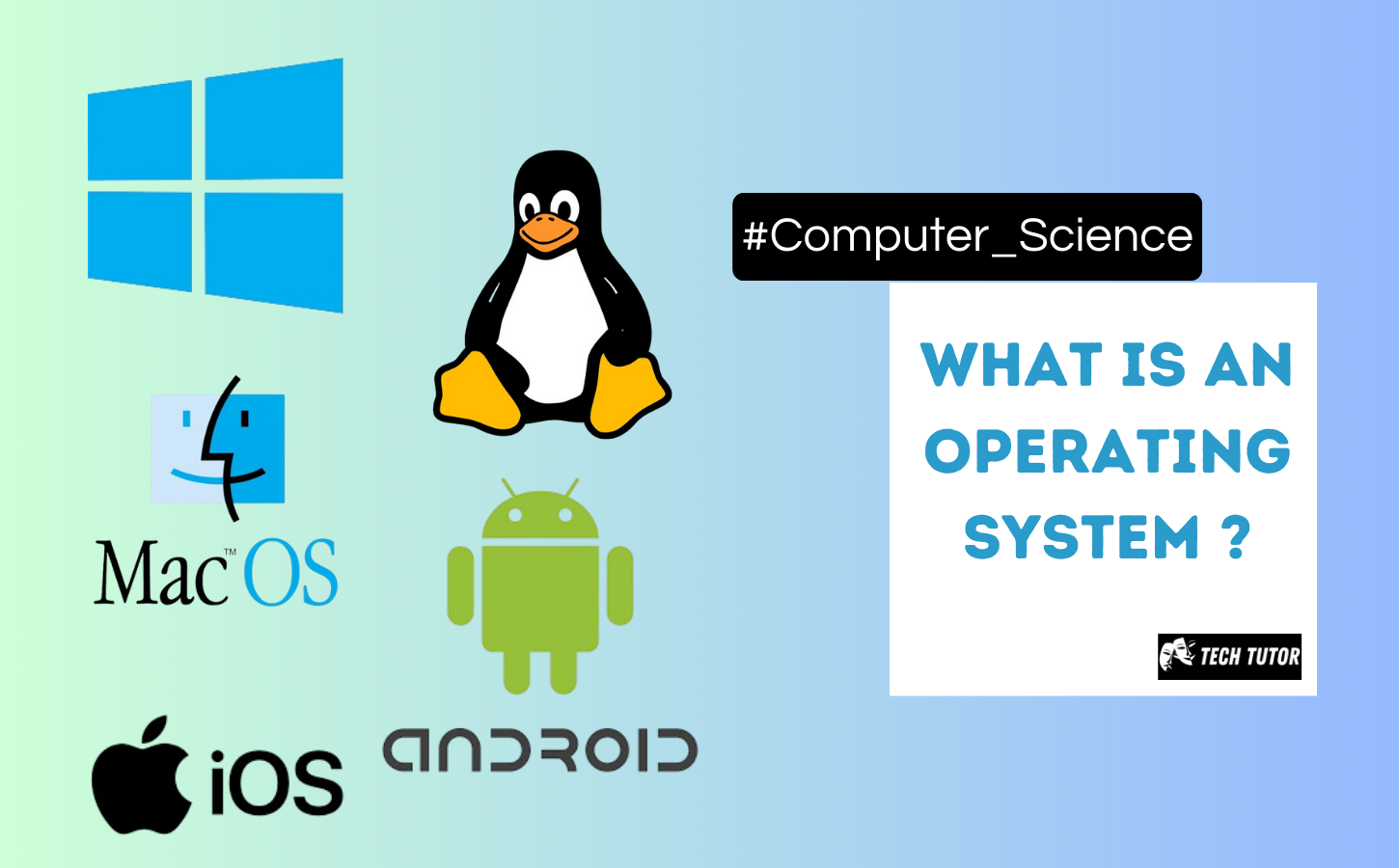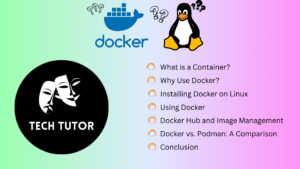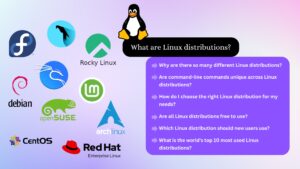An operating system (OS) is a crucial component of any computing device, serving as the interface between hardware and software. It manages resources, executes applications, and provides essential services for users and programs. There are different types of operating systems designed for specific devices, such as computers, smartphones, and servers. In this article, we will explore what an operating system is and examine the key differences between computer, phone, and server OS.
What is an Operating System?
An operating system is system software that controls the hardware and software resources of a device. It provides a user-friendly environment to run applications and ensures the efficient functioning of the system. Some of the most well-known operating systems include Windows, macOS, Linux, Android, and iOS.
Key Functions of an Operating System:
- Process Management: Manages running applications and processes.
- Memory Management: Allocates and optimizes system memory.
- File System Management: Organizes and controls access to files.
- Device Management: Controls peripheral devices such as printers and USB drives.
- User Interface: Provides graphical (GUI) or command-line (CLI) interfaces.
Differences Between Computer, Phone, and Server Operating Systems
Operating systems vary depending on the type of device they are designed for. Here’s how they differ:
1. Computer Operating Systems (PC OS)
These OS are designed for desktops and laptops, offering extensive user interfaces and application support.
- Examples: Windows, macOS, Linux
- Key Features:
- Multi-tasking and multi-user capabilities
- Support for a wide range of software and peripherals
- User-friendly graphical interfaces
- Security and regular updates
2. Phone Operating Systems (Mobile OS)
Mobile OS are optimized for touch-based interactions and power efficiency.
- Examples: Android, iOS
- Key Features:
- Touchscreen-friendly interface
- App store integration
- Power management for battery optimization
- Cellular and wireless network connectivity
- Limited multitasking compared to PCs
3. Server Operating Systems (Server OS)
Server OS are built for handling network requests, managing databases, and ensuring uptime for critical services.
- Examples: Windows Server, Linux (Ubuntu Server, CentOS, Red Hat Enterprise Linux)
- Key Features:
- Designed for high-performance and scalability
- Advanced security and user management
- Remote administration and automation tools
- Minimal graphical interface (mostly CLI-based)
- Support for virtualization and cloud environments
Conclusion
Operating systems play a fundamental role in computing, with variations tailored for different device types. While computer OS focus on user experience and application support, mobile OS prioritize touch functionality and power efficiency. Server OS, on the other hand, emphasize stability, security, and scalability for enterprise-level applications. Understanding these differences can help users and IT professionals choose the right OS for their needs.




